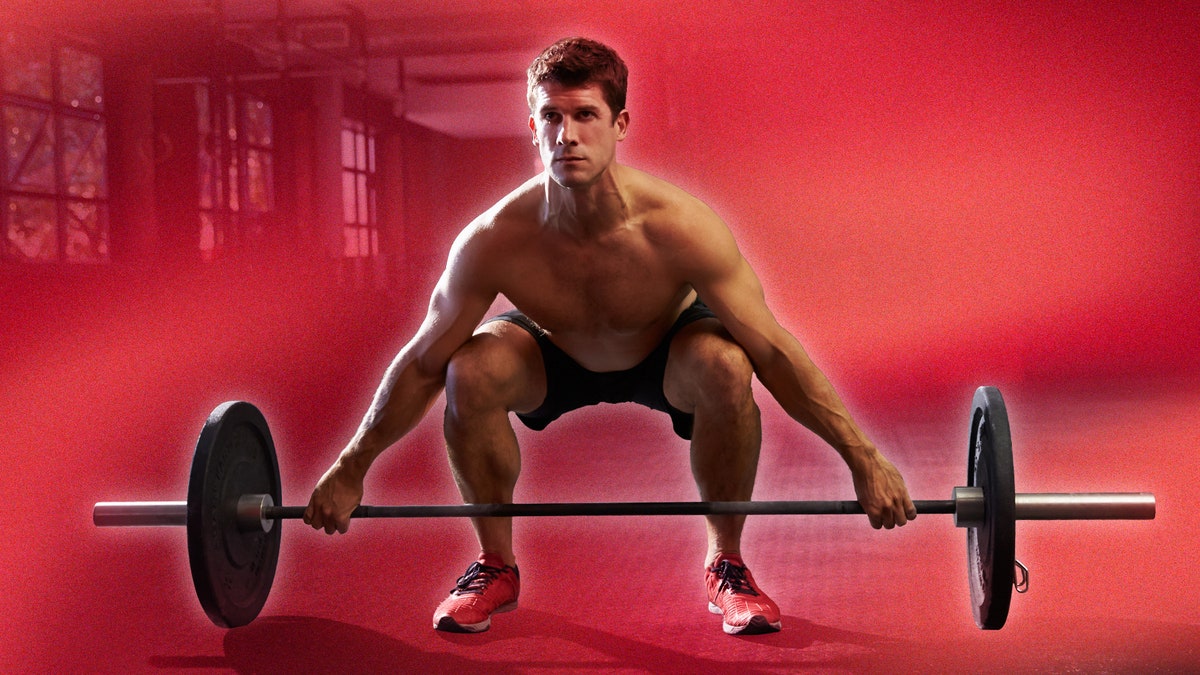
In the 1977 classic bodybuilding documentary Pumping Iron we see Arnie S and friends lifting weights in tiny shorts. The main takeaway, for me at least, is to grimace and shout the name of your nemesis during a big lift. That is all well and good but, how heavy should the weights be? And how many times should we lift them? Should it be low weight, high reps or high weight, low reps? While the shouting obviously remains completely essential, these are the important things we’d like to know.
Professor Urs Granacher of the University of Freiburg is an expert in the science of exercise. He explains there are essentially three different approaches to repetitions and weight lifted – and which one you choose depends entirely on your goal. “Does the person want to achieve hypertrophy [bigger muscles]; do they want to achieve more strength without gaining weight or do they want to achieve greater muscle coordination?”
For bigger muscles
Taking the goal of bigger muscles, the research here has changed since a young Arnold bestrode the competitive stage. “Up to around 10 years ago it was believed you had to exercise at 70-80 per cent of your one rep maximum weight [the most you could lift once], 10-12 reps for three sets and going to full fatigue so you can’t do a single extra rep. But during the last 10 years we’ve noticed that intensity is not that key.”
The more recent view is lighter weights can also gift you bigger muscles. Sets of 20 and up can build bulk. “But what remains unchanged is that you need to get to a fully fatigued state.” So, you have to keep lifting the lighter weight until you can go no further. Professor Granacher recommends sticking with the old 10-12 rep pattern simply because it quickly becomes boring to lift a light weight 20 times.
For improved strength
If strength is the goal with as little bulk as possible (perhaps you’re training for a sport with weight categories) then the protocols change to very heavy weights you can only lift for one to three reps, three to five sets.
“We’ve been working with wrestlers and ski jumpers, and they need to be explosive, a high level of maximum strength but they don’t want to gain weight, so they train up to 90 per cent of their one rep max.” But the intensity of the lift isn’t as important as their intention when lifting.
“For the development of strength and power, the intention to contract the muscle is very important. You take long rests between sets, you avoid fatiguing the muscle because that stimulates growth.”
Fascinatingly the adaptations that improve strength and power in this format are in the nervous system rather than the muscle: “The interplay between the central nervous system and the muscle becomes better.”
Engage your brain
The way you combine these approaches and engage your brain benefits hugely from a clear mental focus on your goal. “If your programme is three sets of 12 reps, your first set, you’ve done 12 and you feel like you could have done 13, I always say, on your second set push the weight up and aim to fail before you get to rep 12,” says fitness influencer Obi Vincent.
